I am not sure there was much else Rishi could have done to salvage HS2. But I come bearing good news. There is no reason why HS2 cannot still be a great railway, even if it travels along the wrong route at the wrong speed and was constructed in the wrong direction to solve a problem which no longer exists. All you need to do is redefine what the railway is for. Perhaps it can be the right answer to a different question.
A useful precedent for reinvention here might be what was originally called the Millennium Dome. Though hopeless at fulfilling its original purpose, once reinvented as the O2 it has proved an asset to London. Or consider Cunard: when it found its liners outpaced by aircraft, it sold its ships as a destination rather than transportation and in the process largely invented the cruise-ship industry. The ships remained good answers – but to a different question.
In the words of Piet Hein: ‘Art is solving problems that cannot be formulated before they have been solved. The shaping of the question is part of the answer.’ There are two sources of hope: first, contrary to most assumptions, the high-speed trains themselves will not terminate at Birmingham – only the line. The trains themselves will continue to other destinations at lower speed and hence may be free to stop at intermediate stations where there is space for northerners to park their flashy cars.
Secondly, the junction at Old Oak Common, though often an object of ridicule, is actually a good idea. Indeed it formed part of Arup’s sensible plan for the line, before some idiot ruined everything by deciding the trains had to travel at 250 mph. Since this interchange connects HS2 to the Great Western Line and the Elizabeth Line (Crossrail), it will allow HS2 passengers to disembark without changing stations for onward journeys to Bristol, Wales, Heathrow and worthwhile parts of London while avoiding Euston altogether. That’s no bad thing given that, with the exception of Roti King in Doric Way and Drummond Street’s Indian restaurants, Euston is in a part of London bereft of attractions. For people making onward journeys, big cities are an obstacle not an objective; when travelling through France, I would rather have a three-hour layover in Lille than change stations in Paris.
This is why all is not lost. You see, the things that matter to train passengers – parking, easy connections, connectivity, comfort, refreshments and reasonable fares – are orthogonal to the things which econometricians and the other nerds in our self-perpetuating quantification economy model and optimise. Indeed by over-weighting measures such as capacity, the passenger experience of trains has become worse: watch Strangers on a Train or Brief Encounter and you’ll see how far we have regressed. The Eurostar when it launched had far plusher interiors than the sterile designs that replaced them. Yet rail journeys could be delightful if we aimed for enjoyment not efficiency. By far the nicest train carriage in Britain is the bar on the Cornish Sleeper.
And herein lies the opportunity. What if we forget banausic measures such as speed, journey time and capacity, and ask a different question? Such as ‘How can we produce a railway so pleasant that people would feel stupid driving?’ Spending £50 million on design would achieve more here than £500 million spent on speed and £5 billion spent on consultants. I’ve got nothing against economics – it’s a great Care in the Community scheme for slightly tragic introverts – but isn’t it time we gave designers a chance? Jony Ive has moved back to Britain from Apple. Why not ask him?
Trust me, I work in advertising. Things don’t have to be logical for people to like them. After all, try making a business case for the Eiffel Tower.
Got something to add? Join the discussion and comment below.
Get 10 issues for just $10
Subscribe to The Spectator Australia today for the next 10 magazine issues, plus full online access, for just $10.
You might disagree with half of it, but you’ll enjoy reading all of it. Try your first month for free, then just $2 a week for the remainder of your first year.


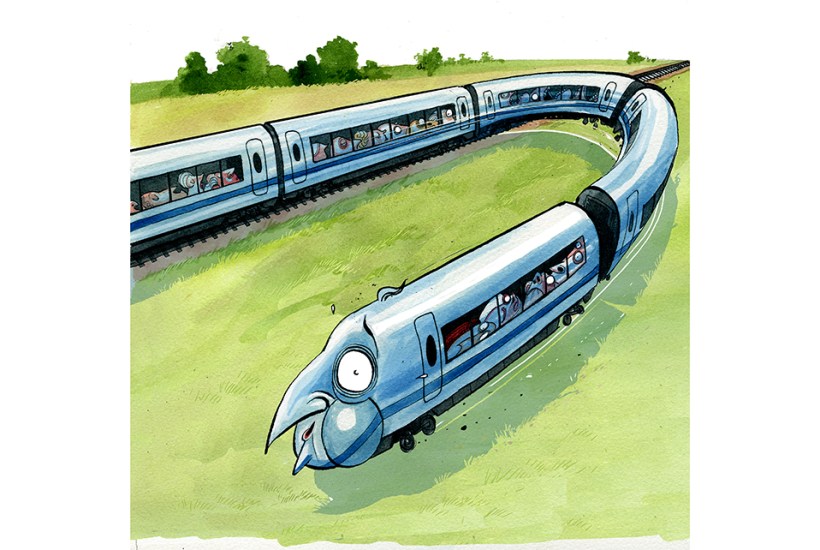
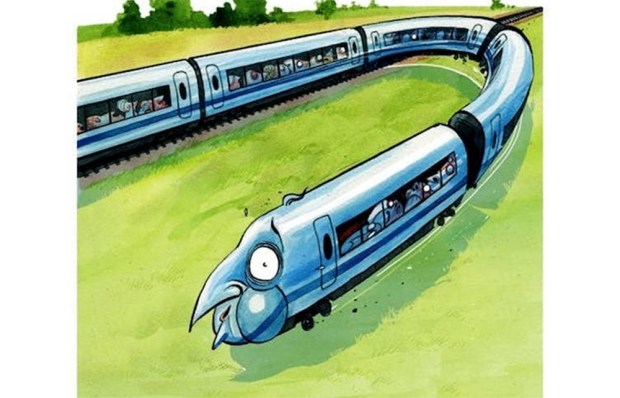

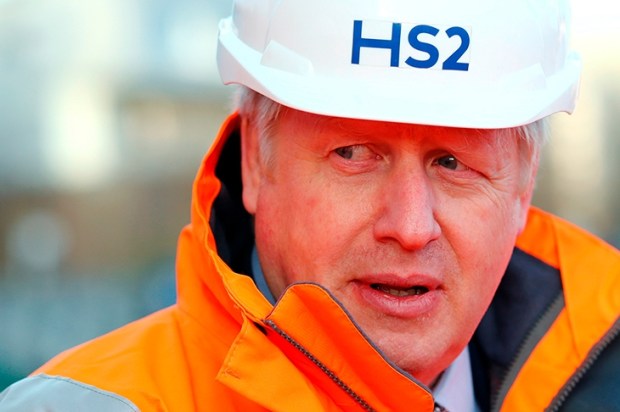
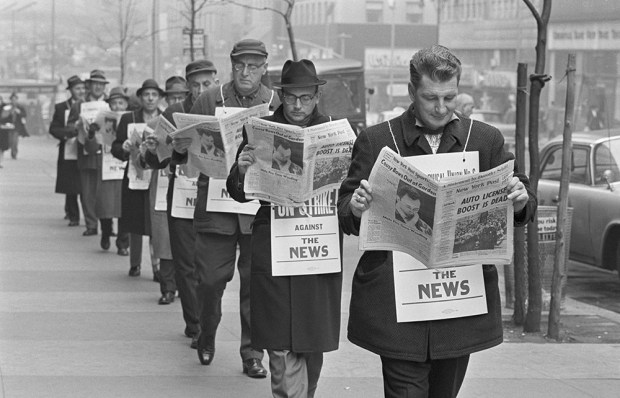
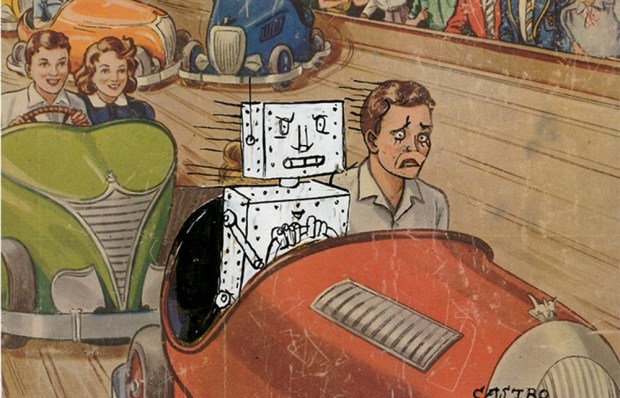







Comments
Don't miss out
Join the conversation with other Spectator Australia readers. Subscribe to leave a comment.
SUBSCRIBEAlready a subscriber? Log in